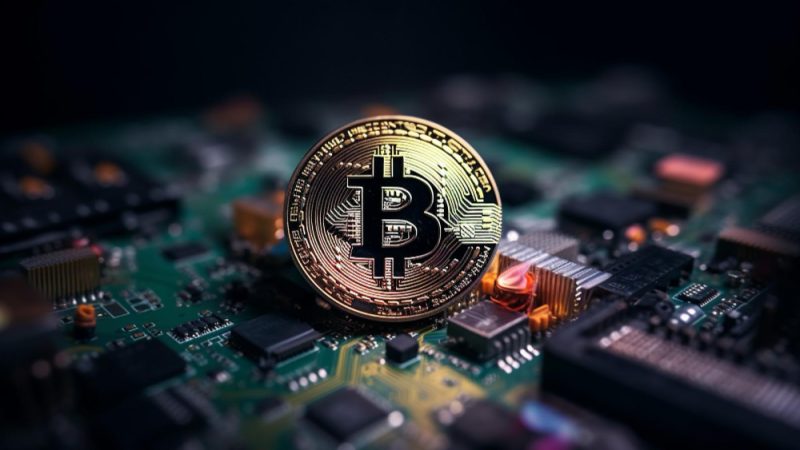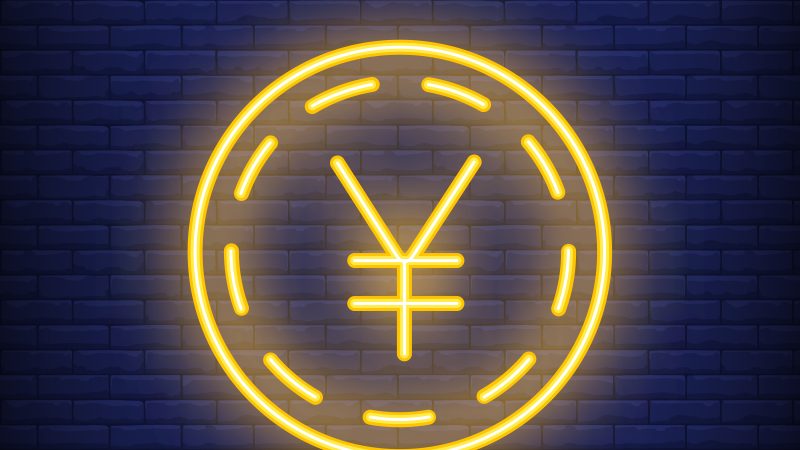Navigating the New Era: The Surge of DeFi Lending Platforms

The financial landscape is witnessing a paradigm shift with the rise of Decentralized Finance (DeFi) lending platforms. These platforms are redefining borrowing and lending norms, offering a decentralized alternative to traditional financial systems. This in-depth exploration delves into the mechanics, features, and key players of DeFi lending, highlighting its growing significance in today’s digital economy.
Introduction to DeFi Lending
Decentralized Finance, or DeFi, represents a seismic shift in the financial sector, moving away from traditional, centralized financial institutions towards a more open, accessible, and transparent financial ecosystem. At the heart of this transformation are DeFi lending platforms, which have experienced exponential growth, particularly since 2020. These platforms leverage blockchain technology and smart contracts to facilitate lending and borrowing directly between parties, bypassing traditional banking intermediaries.
How DeFi Lending Works
DeFi lending platforms operate on the principles of blockchain technology, utilizing smart contracts to automate and enforce loan agreements. Unlike traditional lending, which relies on credit scores and financial intermediaries, DeFi lending is accessible to anyone with an internet connection and digital assets. Borrowers and lenders interact directly, with smart contracts executing the terms of the loan. This process not only democratizes access to financial services but also enhances efficiency and reduces costs.
Key Features of DeFi Lending Platforms
DeFi lending platforms are characterized by several distinctive features:
- Decentralization and Accessibility: These platforms are not controlled by any single entity, making them inherently resistant to censorship and offering global accessibility.
- Over-Collateralization and Under-Collateralization: To mitigate risk, DeFi loans often require over-collateralization, where borrowers must provide collateral exceeding the loan value. Under-collateralization remains a developing area, aiming to extend lending to those with limited collateral.
- Interest Rates and APYs: DeFi platforms offer dynamic interest rates, often determined by supply and demand dynamics within the platform. The Annual Percentage Yield (APY) can vary significantly, influenced by market conditions and platform-specific factors.
Major Players in the DeFi Lending Space
The DeFi lending landscape is populated by several key platforms, each contributing unique innovations:
- MakerDAO: A pioneer in the DeFi lending space, MakerDAO allows users to borrow and lend cryptocurrencies, stabilized by its native token, DAI.
- Other Notable Platforms: Alongside MakerDAO, there are numerous other platforms, each offering distinct features and services. These platforms continually evolve, introducing new functionalities and improving user experience.
Benefits of DeFi Lending
DeFi lending platforms offer several advantages over traditional financial systems:
- Accessibility and Financial Inclusion: One of the most significant benefits of DeFi is its ability to provide financial services to the unbanked or underbanked populations. By eliminating the need for traditional banking infrastructure, DeFi platforms offer global accessibility, allowing anyone with an internet connection to participate in lending and borrowing activities.
- Transparency and Security: The use of blockchain technology in DeFi ensures transparency and security. All transactions are recorded on a public ledger, providing a clear audit trail. Moreover, the immutable nature of blockchain makes these transactions secure and tamper-proof, fostering trust among users.
- Efficiency in Transactions: DeFi platforms automate the lending process using smart contracts, significantly reducing the time and cost associated with traditional lending. This automation streamlines transactions, making them faster and more efficient.
Risks and Challenges
Despite the benefits, DeFi lending platforms also face several risks and challenges:
- Regulatory Uncertainties: The DeFi sector operates in a regulatory gray area. As it continues to grow, regulatory bodies worldwide are grappling with how to adapt existing financial regulations to this new model, creating uncertainties for both users and platform operators.
- Smart Contract Risks: While smart contracts are efficient, they are not immune to vulnerabilities. Flaws in smart contract code can lead to significant losses. Therefore, regular DeFi audits and smart contract auditing by specialized companies are crucial to ensure the security and integrity of these platforms.
- Market Volatility and Liquidity Issues: The cryptocurrency market is known for its high volatility, which can impact DeFi lending platforms. Sudden market shifts can affect the value of collateral and the stability of the platforms, posing risks to both borrowers and lenders.
Future of DeFi Lending
The DeFi lending sector is poised for continued growth and innovation:
- Potential Developments and Innovations: As technology evolves, we can expect new features and improvements in DeFi platforms. Innovations in blockchain technology and smart contract design will likely enhance the efficiency, security, and user experience of DeFi lending.
- Evolving Regulatory Landscape: The regulatory environment for DeFi is expected to become clearer as governments and financial authorities develop frameworks to govern these platforms. This evolution will likely bring more stability and trust to the sector.
- Integration with Traditional Finance: There is a growing trend towards the integration of DeFi with traditional financial systems. This convergence could lead to a more inclusive financial ecosystem, combining the best of both worlds.
Conclusion
DeFi lending platforms are transforming the financial landscape, offering a decentralized alternative to traditional lending and borrowing. While they present numerous benefits such as increased accessibility, transparency, and efficiency, they also come with their own set of risks and challenges. As the sector continues to evolve, it will be interesting to see how it adapts to regulatory changes and integrates with the broader financial ecosystem. The future of DeFi lending looks promising, with the potential to further democratize access to financial services on a global scale.






